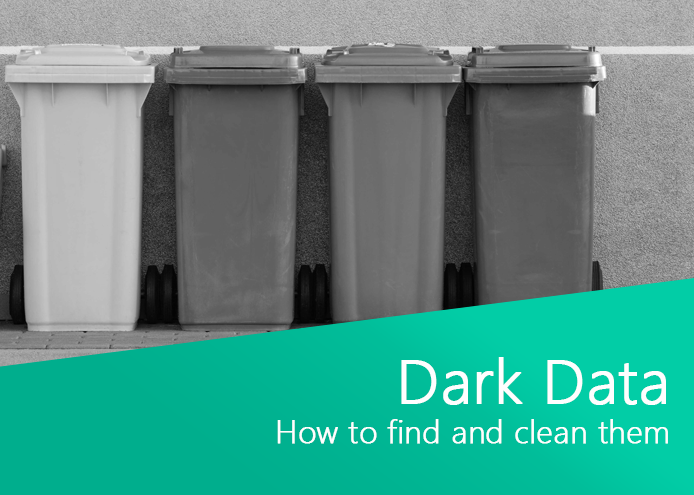
Digital Transformation and Dark Data: The Possible Outcome of Going Digital
- Web Master
As the world advances in technological developments, well-established organizations with economic savvy are progressing towards digital transformation. Many leaders are taking preliminary steps by restructuring business processes and redeveloping corporate culture to meet evolving IT requirements and customer demands. Often, first-phase digital transformation projects are assigned to champions of the paperless movement – managers who understand the key to efficiency, production, and timely deployment lies in agile collaboration. It is reasonable to assume that by moving files to an easily accessible document management system or cloud-based platform, team members will accomplish more with fewer obstacles, thereby justifying investments in time and software to make this transformation possible.
But in recent years, companies “going digital” have seen mixed results from the adoption of new technologies and systems. It is hard to say how much content and data has been created, duplicated, passed through email systems, and saved in multiple locations. Records and IT managers are grappling with a digital information explosion – aka: “dark data” – creating user policies and restrictions, disabling old repositories, spending money on new software, adding new procedures, and writing strict naming conventions in an attempt to plug holes in the organization’s information management. Still, the dark data hides unknown in old repositories, shared drives, and legacy systems.
To speculate, consider the anecdotal story of a fictional organization named “Company X”. Aiming to enhance customer experience and consistently deliver on requests and deadlines, they’re going digital to improve connectivity, engagement, and efficiency.
The following Company has a large collection of physical files in their office that are taking up prime real estate. The office manager wants to build more cubicles to accommodate its growing employee workforce. This is the perfect opportunity to eliminate outdated physical files that haven’t been touched in years. Human Resources decides that the best solution would be to let Sarah, the summer intern, scan all the files and save them in the document management system, thereby allowing the Company to shred all paper files.
- Sarah scans the file, with the scanner sending the digitized file to her email. She then pulls the PDFs from her email and places them onto a folder in the shared drive using a naming convention. For time’s sake, she simply scans each file and doesn’t worry about auditing what’s in the file. Sarah, eager to impress the office manager, promptly begins to finish as soon as possible. Sarah completes the project before the projected deadline, diligently saving all scanned information to both the document management system and the cloud. She reasons that saving the information in several places will safeguard Company X’s assets in case of data corruption or any systems failure. Sarah’s due diligence and leadership’s digital transformation oversight has unwittingly created a dark content problem. Let’s examine why and how this approach complicated their information management:
- Sarah scanned each file as image only, non-searchable PDFs and didn’t examine the paperwork before scanning. Several of these files included credit card numbers, home addresses, birth dates, and social security numbers. This sensitive information is now duplicated in two places and at risk of being stolen or misused.
- Sarah scanned each file to her email, then saved the email in a special subfolder in her inbox. This is yet another place where personally identifiable information is at risk of being stolen or misused.
- The Company doesn’t have an email retention plan in place – therefore, the digital files sitting in Sarah’s inbox remain vulnerable for a long time. Additionally, the company will have to pay for storing hundreds of gigabytes or even terabytes of attachment data on their already congested mail servers.
- Sarah used her own naming conventions and is the only one who knows where she’s storing the digital files. If Sarah leaves Company X, other employees will not know how or where to access this information. Sarah’s teammates don’t know or remember that sensitive information was scanned and digitally saved.
Several other scenarios that could play out for Company X; this is just one aspect of their digital transformation project. They have dark data and dark content everywhere and don’t even know they have it. Now, their customer’s privacy is at stake, and so is Company X’s reputation should this data be exposed via a breach.
Dark data and dark content are one of the many critical developments resulting from digital transformation efforts. To redress these issues, leadership must approach “going digital” in conjunction with information governance solutions. Products like everteam.discover can help organizations like Company X to clean, remediate and categorize unknown content, exposing all the places it could be hiding. By illuminating dark data and dark content, organizations can be confident they’re keeping private information confidential, remaining compliant with regulations like GPDR and CCPA, and ensuring that they are worthy of the trust and loyalty of their customers.
Read more about how exposing dark data and dark content can help your company achieve digital transformation success in Everteam’s whitepaper,


